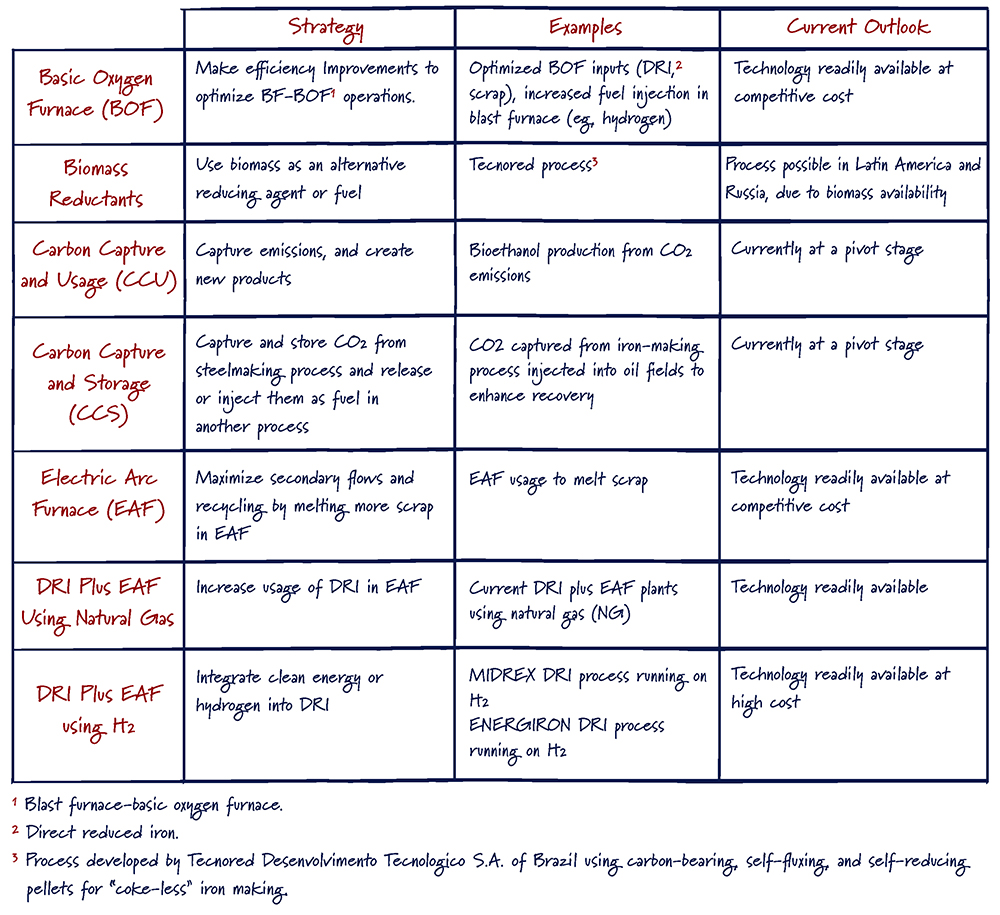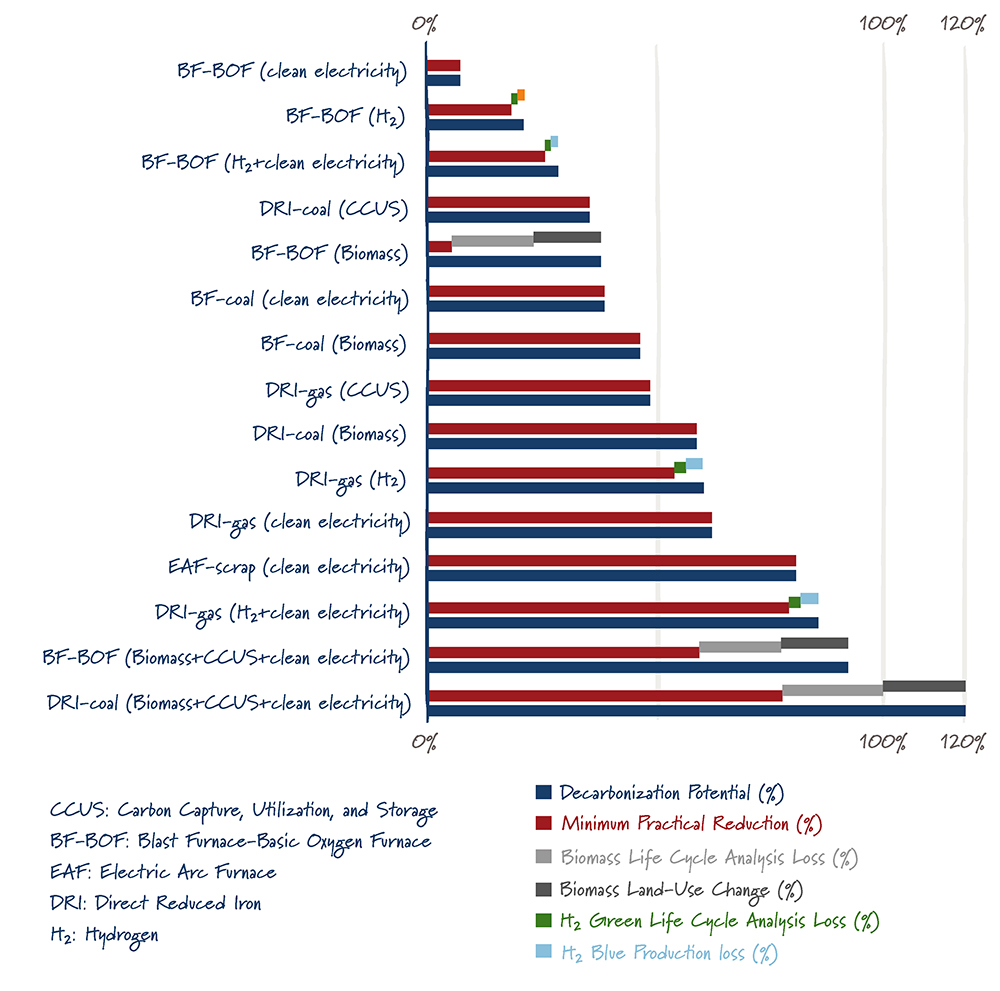Posted on July 27, 2021 by Savita Bowman
To meaningfully reduce carbon dioxide emissions around the world, we need more clean and affordable technologies in both the power sector and heavy industry such as steel and cement and concrete.
To achieve meaningful carbon emissions reductions and continue America’s industrial leadership, our public and private sectors must be working together — and fortunately, that’s happening. There have been some incredible, voluntary steel decarbonization commitments over the past year. In early 2021, US Steel announced its goal of achieving net-zero emissions by 2050, and Cleveland-Cliffs, which recently acquired ArcelorMittal USA and AK Steel, shared its plans to reduce its greenhouse gas emissions by 25 percent by 2030. Nucor, another leading American steelmaker, committed to a 35 percent reduction in emissions intensity by 2030.
On the public side, the U.S. Department of Energy (DOE) is also showing growing interest in decarbonizing heavy industry through increased spending on research and development (R&D) and Front-End Engineering Design (FEED) study cost shares. In February, DOE issued $21 million in awards for innovative iron and steelmaking processes and in April announced a solicitation of up to $75 million to cost-share carbon capture R&D and FEED studies.
But the momentum doesn’t stop there. Steel decarbonization is also grabbing the bipartisan attention of federal lawmakers. On July 21, U.S. Representatives Anthony Gonzalez (R-OH) and Conor Lamb (D-PA), both of whom represent the heart of steel country, introduced the Steel Upgrading Partnerships and Emissions Reduction (SUPER) Act (H.R. 4599), which would invest in steel innovation. The bill has three primary goals:
These goals are crucial in building out dedicated resources that focus on low-emissions steel. As momentum for reducing emissions in the industrial sector continues to accelerate, the big question is, how do we continue to forge the path ahead?
Industrial emissions account for 27 percent of U.S. emissions, and steel manufacturing is one of the top contributors. As steelmakers continue to reduce emissions, their success hinges on public and private sector support for emerging technologies.
While there is no silver bullet to reduce emissions in the steel industry, there are lots of buckshot technologies (Image 1). Short-term changes that can be deployed today include energy efficiency improvements to optimize blast furnace operations, switching to clean electricity, and incorporating process efficiencies.
Longer-term solutions require further research, testing, and both private and public investment. These include installing carbon capture at existing steel production facilities, incorporating alternative heat sources such as nuclear and geothermal energy, and integrating clean hydrogen or biomass into direct reduced iron production processes with existing clean electric-based steelmaking processes, also referred to as electric arc furnaces (EAFs).
Steel Decarbonization Strategies & Outlooks (Image 1)

(Source: Adapted from McKinsey)
Though some of these low emissions technologies work in a lab, many require more testing before they will be ready to be deployed at commercial scale. As companies start to tack on these near-term and long-term low emissions manufacturing pathways and carbon removal technologies, steelmaking has the potential to achieve net negative emissions (Image 2).
Decarbonization Potential and Practical Reduction Percentage of Steel Decarbonization Pathways (Image 2)

(Source: Adapted from Columbia University)
Technologies like carbon capture and utilizing different chemical processes, like those involving hydrogen, are not widely commercialized in steelmaking processes today. As it stands, integrating carbon capture into existing coal-based steelmaking facilities would increase operating costs bby approximately $120 per ton of steel and roughly $200 per ton of hydrogen-based steel. Cutting-edge R&D is a crucial piece of the puzzle to drive down these costs, but it’s not the only piece. Large scale industrial innovation is not like designing a new app on your desktop. Building or updating a major industrial project is capital intensive which is why we need financial incentives like the 45Q tax credit for carbon capture, and investments in clean hydrogen infrastructure in order to deploy low-emissions steel.
Passing the bipartisan SUPER Act would build on the Energy Act of 2020, and complement recent emissions reduction commitments from some of America’s major steel companies. The same way the Industrial Revolution did not happen overnight, neither will the decarbonization of the industrial sector. By advancing innovative clean technologies in the steel industry and continuing public private partnerships, we can keep the momentum going and supercharge the pace.
